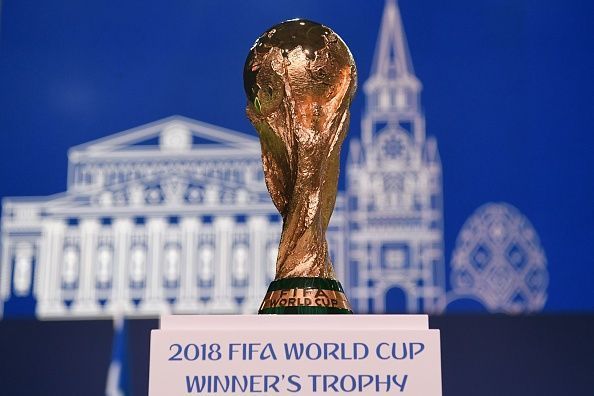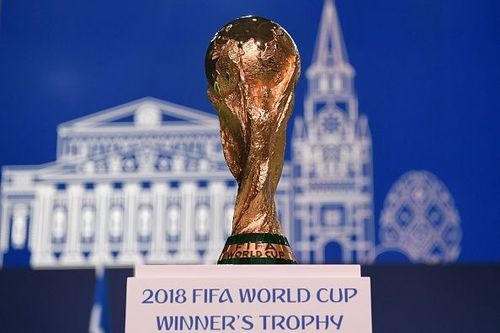
A 48 team World Cup in 2026 - How has the World Cup format changed since 1930?

Wednesday afternoon saw the 68th FIFA Congress held in Moscow. On the agenda amongst many other issues was that of the 2026 World Cup hosting rights.
The vote took place with 200 of FIFA's 211 member nations casting their decision as to whether the 'United' bid or Morocco should host the World Cup which will be the first to feature 48 teams.
The 'United 2026' bid was selected by Fifa member nations to host the 2026 World Cup.
The bid from Canada, Mexico and the United States secured 134 votes, compared to the that of Morocco's bid which received just 84.
The 2026 World Cup will take place across 16 host cities, with plans of 3 opening matches being held in each of the host nations.
With the tournament set to be the first to host 16 groups of three teams in the preliminary stage of the tournament. An additional 16 teams will join the tournament compared to the current 32 team format that started in 1998.
This gives a host of chances to lesser nations to make it to one of the world's biggest sporting event. There is no doubts that the usual suspects will be those reaching the final stages. But, with a greater number of teams, comes a greater chance at upsets in the tournament.
With Iceland already holding Argentina to a draw in their opening game of Group D, whilst Iran top Group B after round one following an unlikely win against Morocco to put them ahead of Spain and Portugal it's clear that more nations in the World Cup could enhance the competition even further.
From no goal differences, to World Cups with two group stages, Sportskeeda's Kieran Buggs takes a look at the history of the World Cup's format and the changes it has undergone since the inaugural tournament in 1930.